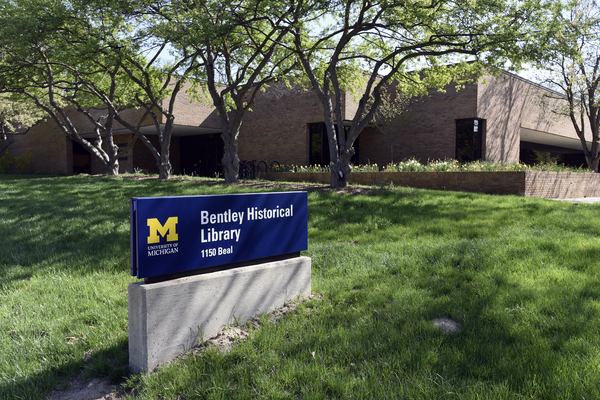Publications produced by the A. Alfred Taubman College of Architecture and Urban Planning and its sub-units and architecture student organizations. Includes brochures and pamphlets, bulletins or college catalogs, directories, newsletters such as
Portico, proposals, and reports. Sub-unit publications include items from the Architecture and Planning Research Laboratory, the Integrated Technology Instruction Center, and the Raoul Wallenberg Lecture. Contains publications about the Art and Architecture Building including printed floor plans, proposals, and reports. Also contains student publications such as
Dimensions,
Rough Draft,
Synergy, and the Graduation Committee publications - commencement programs and their yearbook/directory.
The A. Alfred Taubman College of Architecture and Urban Planning Publications are divided into four series: Unit Publications; Sub-Unit Publications; Topical Publications; and Student Publications. The bulk of the publications document the college, its organization, course offerings, communications to faculty, staff, students, and alumni, and various research reports written by the college's faculty.
Publications are organized within five series: Unit Publications, Sub-Unit Publications, Topical Publications, Student Publications, and Website.
UNIT PUBLICATIONS is comprised of publications produced by the administration of the college. These publications are defined as being widely distributed and may be published at regular intervals. They are arranged by genre of the publication.
This series includes annual reports, articles, bibliographies, brochures, bulletins including college catalogs, directories, histories, holiday cards, lectures, manuals, newsletters, policies and procedures, posters, programs, proposals, prospectuses, and reports.
An important title in this series is the Bulletin. Academic degree program requirements are defined in what is called the university "bulletin" or general catalog. For example, program requirements outline how many credits and what subjects a student needs to complete in order to receive a degree in an academic program within a specific school or college.
SUB-UNIT PUBLICATIONS is comprised of publications from subordinate centers, departments, institutes, offices, and programs within the college. These publications are arranged alphabetically by the creating sub-unit.
TOPICAL PUBLICATIONS is comprised of publications that document specific events or activities such as fundraising or one-time conferences hosted by the college.
STUDENT PUBLICATIONS contains publications published by student groups within the college.
